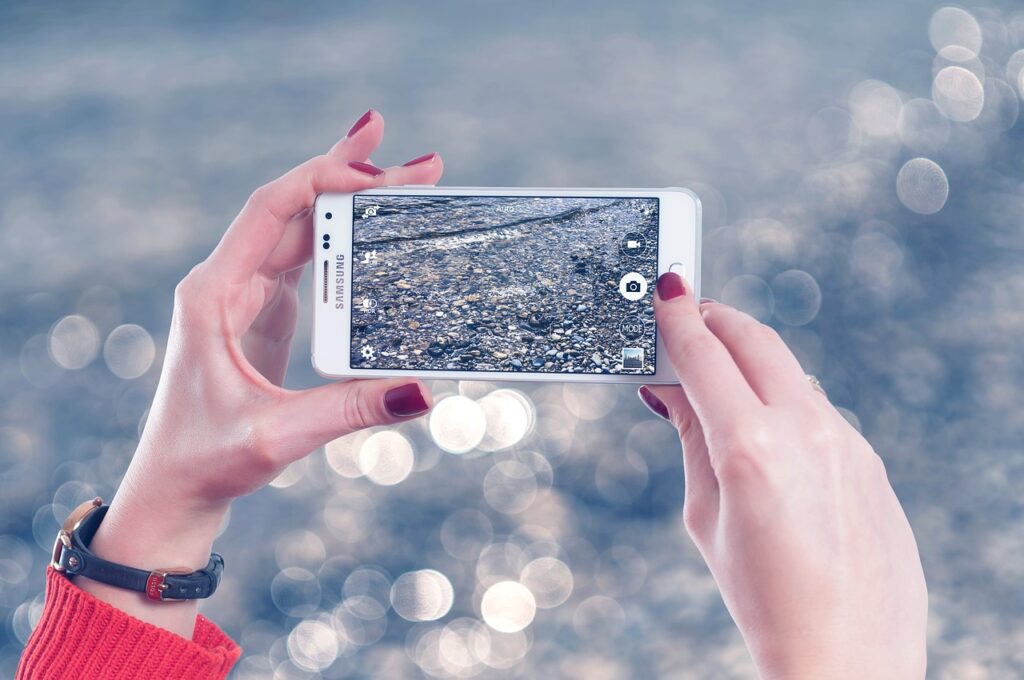What is VR? AR? Why Are they In-demand Marketing Tools in 2020?

Virtual Reality (VR) and Augmented Reality (AR) are computer-generated simulated environments that invite the user to experience an entirely different world through electronic or digital means.
There is one notable difference between VR and AR: VR creates an immersive three-dimensional world that overwhelms the senses with a specific pre-programmed experience. In contrast, AR adds (augments) virtual elements into the real world, making fantastical elements to wander off into our actual lives.
Examples of VR
Several industries are using Virtual Reality today. These include:
Real Estate – VR is being used to explore properties and provide a 360 panoramic view of available properties for rent. Prospective buyers can “step into” a mansion, a beach property, or a townhouse that they are considering for purchase.
Education – Practical training in the fields of engineering, military, and medicine is necessary to achieve proficiency. VR can be used as an alternative to expensive and dangerous practical exercises to achieve competency. A fighter pilot can study and fight the enemy’s combat moves in a safe, yet still exhilarating simulation instead of doing actual target practice with real, dangerous combatants.
Travel – VR can promote preferred tourist locations by giving customers a taste of the experience before they actually fly into the destination.
Examples of AR
AR is maturing faster than VR because current technology can more easily support it. AR smart glasses are already in the market, and manufacturers are continuing to improve it. The biggest names in tech, such as Facebook, Google, Intel, Amazon, Microsoft, and Apple, are investing heavily to create wearable machines to perhaps one day replace the popular smartphone.
However, even without those smart glasses, current mobile technology can be used for AR; the wildly popular game Pokemon Go is one example. The smartphone app can make it seem that a Pokemon character has popped into the user’s workplace, living room, shopping mall—enticing them to give chase.
Other apps available today, such as YouCam Makeup, DecorMatters, and IKEA Place, are great examples of how AR can use computer-generated simulation to add something magical to the real-world experience.
Shopping apps, such as Aisle411, enhance the buyers’ shopping experience by providing information on on-shelf retail products; it even integrates loyalty point functionality.
How to use AR and VR as an effective marketing tool
Consumers usually ask for a certain amount of information before making a purchase decision. Delivering such information quickly and effectively can influence them at the right moment. According to the CXL Institute, one factor that can persuade a customer to pull out their wallet is positive interaction with a brand representative or the brand itself. AR makes that experience possible. For example, playing a game with a basketball superstar through a phone app can make the customer happy enough to buy the athlete’s shoes that he is promoting.
VR also reduces the need to provide actual physical marketing samples and then distribute them across geographical regions. It is especially flexible for high ticket items such as motor vehicles, real estate, jewelry, art, and high-end electronics.
Advantages of AR / VR marketing
Pictures are worth a thousand words, and videos are a stream of dozens of images supported with sound. But neither words, photos, nor videos are interactive. None of them respond to questions and will not provide information on-demand.
AR and VR have changed all that.
- AR / VR can connect the user to the internet and provide additional information when needed. Live real-time information from channels the consumer trust can be integrated with AR/VR marketing campaigns.
- Content can be personalized based on previous user tastes and buying habits; it can also make suggestions for future purchases based on predicted needs.
- The marketing team can capture buyers’ behavior through analytics and use the results for future campaigns.
According to Forbes, most AR and VR experiences are in gaming and entertainment; however, a recent trend shows that AR/VR industrial use is outpacing it. It will not take long before marketing and other disciplines enter mainstream adoption, given the amount of research major tech companies are investing in its development.